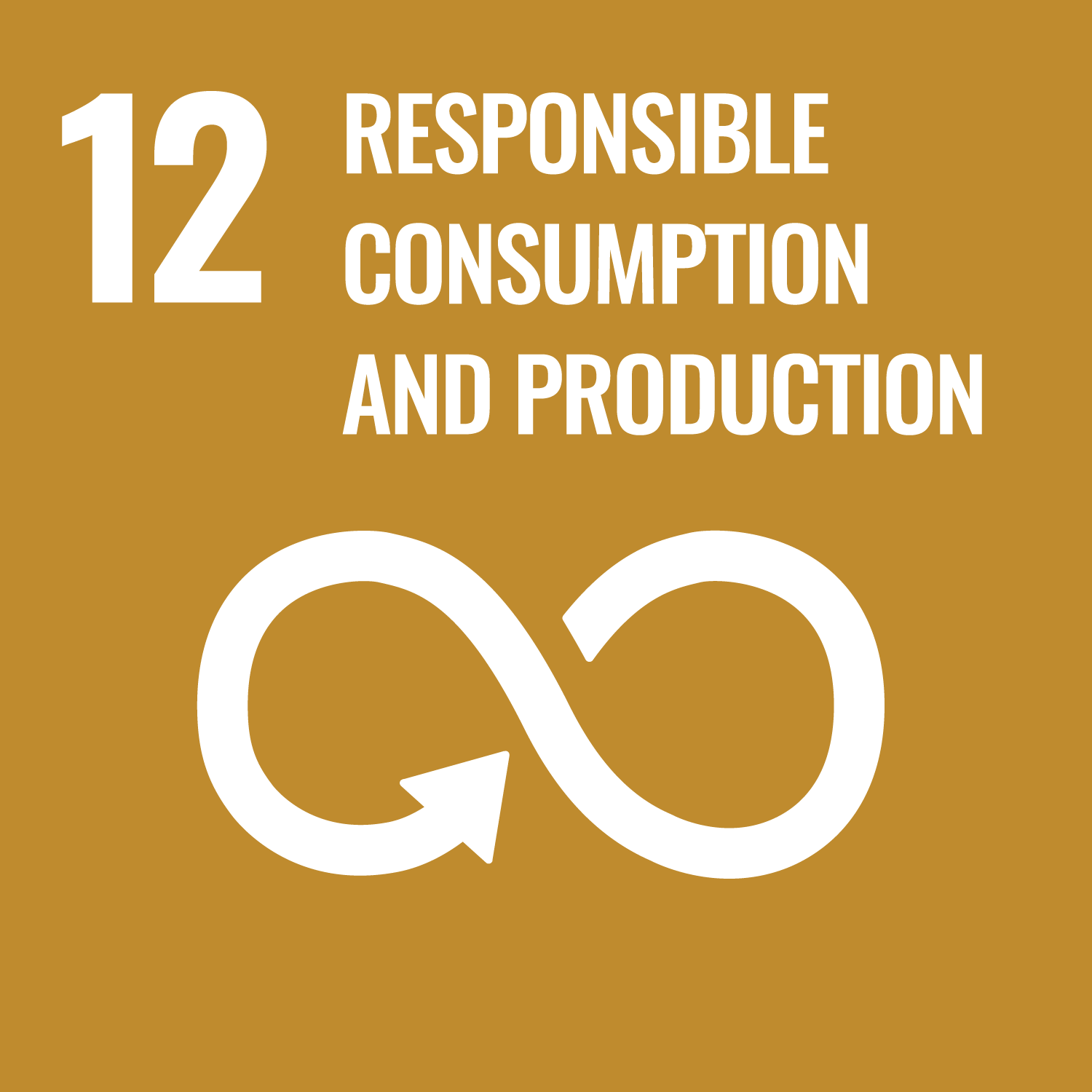Fundamentals of Magnetism and Advanced Magnetic Materials
This course covers the fundamentals of magnetism and recent developments and applications of magnetic materials.
From the first application of the oxide magnetite as a compass in China in ancient times, magnetic materials have become an indispensable part of our daily life. Magnetic materials are used in the modern world, in fields as diverse as, for example, electrical energy transport, high-power electro-motors and generators, navigation equipment, aviation and space operations, telecommunications, medicine, magnetocaloric refrigeration, computer science, high density recording, non-destructive testing of materials, and in many household applications.
The course discusses the origins of magnetism in materials, magnetic domains and domain walls, magnetostatics, the magnetic anisotropy and ferromagnetic and antiferromagnetic ordering. Then, the preparation techniques and the properties of various magnetic materials are highlighted. Magnetic materials include transition metals, their alloys and oxides, rare earths and their oxides, organic and molecular magnets are highlighted. Finally, several applications of magnetism like soft magnetic materials (transformers, generators), hard magnetic materials (permanent magnets, microwave technology) and within modern nanosciences like magnetic memories and magnetic data storage are presented.
From the first application of the oxide magnetite as a compass in China in ancient times, magnetic materials have become an indispensable part of our daily life. Magnetic materials are used in the modern world, in fields as diverse as, for example, electrical energy transport, high-power electro-motors and generators, navigation equipment, aviation and space operations, telecommunications, medicine, magnetocaloric refrigeration, computer science, high density recording, non-destructive testing of materials, and in many household applications.
The course discusses the origins of magnetism in materials, magnetic domains and domain walls, magnetostatics, the magnetic anisotropy and ferromagnetic and antiferromagnetic ordering. Then, the preparation techniques and the properties of various magnetic materials are highlighted. Magnetic materials include transition metals, their alloys and oxides, rare earths and their oxides, organic and molecular magnets are highlighted. Finally, several applications of magnetism like soft magnetic materials (transformers, generators), hard magnetic materials (permanent magnets, microwave technology) and within modern nanosciences like magnetic memories and magnetic data storage are presented.
Purpose of this lecture is to study the basic basic concept of magnetism, to understand the origins of magnetism in materials,
magnetic domains and domain walls, magnetostatics, the magnetic anisotropy and ferromagnetic and antiferromagnetic ordering.
To learn the preparation techniques and the properties of various magnetic materials and the importance of the relationship
between preparation, composition and microtextures of magnetic material.
- The students will be able to understand the basic concept of magnetism.
- The students will be able to leran magnetic materials synthesis, properties and characterization.
- The students will be able to understand the main characteristics of different magnetic materials and their applications.
- The students will be able to understand the relationship between composition and microtextures of magnetic material.
| Class schedule | HW assignments (Including preparation and review of the class.) | Amount of Time Required | |
|---|---|---|---|
| 1. | Introduction to magnetism and magnetic materials History of magnetism, basic findings, overview of applications |
Review of the lecture | 130minutes |
| 2. | Origin of magnetism; magnetic domains and domain walls, magnetostatics | Review of the lecture | 130minutes |
| 3. | Magnetic anisotropy, antiferro- and ferrimagnetic ordering | Review of the lecture | 130minutes |
| 4. | Magnetic materials: crystal structures | Review of the lecture | 130minutes |
| Report preparation | 180minutes | ||
| 5. | Magnetic materials: microstructures | Review of the lecture | 130minutes |
| 6. | Magnetic materials: advanced preparation techniques; novel techniques for characterizing |
Review of the lecture | 130minutes |
| Report preparation | 180minutes | ||
| 7. | Magnetic materials: fundamental properties Relationship between composition and microtextures of magnetic materials |
Review of the lecture | 130minutes |
| 8. | Advanced magnetic materials - Heusler alloys; micro- and nanowires- properties and applications | Review of the lecture | 130minutes |
| Report preparation | 180minutes | ||
| 9. | Advanced magnetic materials: magnetic shape memory material- properties and applications |
Review of the lecture | 130minutes |
| 10. | Advanced magnetic materials: Ferrites- properties and applications |
Review of the lecture | 130minutes |
| Report preparation | 180minutes | ||
| 11. | Advanced magnetic materials: biomagnetic materials -properties and applications |
Review of the lecture | 130minutes |
| 12. | Soft magnetic materials: properties and applications | Review of the lecture | 130minutes |
| Report preparation | 180minutes | ||
| 13. | Hard magnetic materials: properties and applications | Review of the lecture | 130minutes |
| 14. | Final presentation | Presentation preparation | 200minutes |
| Total. | - | - | 2790minutes |
| Report | Final presentation | Total. | |
|---|---|---|---|
| 1. | 10% | 15% | 25% |
| 2. | 10% | 15% | 25% |
| 3. | 10% | 15% | 25% |
| 4. | 10% | 15% | 25% |
| Total. | 40% | 60% | - |
Evaluation will be performed on the basis of discussions during the lecture, reports and final presentation.
Discussion during the lecture and reports will contribute 40% to your grade.
Final presentation will contribute 60% to your grade.
To pass the student must earn a total score of 60% or more.
1. K.H.J. Buschow, Handbook of Magnetic Materials, Elsevier 2008-2015, ISBN 978-0-4446-3528-0
2. R.E. Hummel, Electronic Properties of Materials, Springer 2011, ISBN 978-1-4419-8164-6
3. H. Hopster, H.P. Oepen, Magnetic Microscopy of Nanostructures, Springer 2005, ISBN 3-540-40186-5
4. Suitable scientific and technological textbooks will be used during the course.
2. R.E. Hummel, Electronic Properties of Materials, Springer 2011, ISBN 978-1-4419-8164-6
3. H. Hopster, H.P. Oepen, Magnetic Microscopy of Nanostructures, Springer 2005, ISBN 3-540-40186-5
4. Suitable scientific and technological textbooks will be used during the course.
- Contact via e-mail: anjela@shibaura-it.ac.jp
- Course that cultivates an ability for utilizing knowledge
- Course that cultivates a basic problem-solving skills
- Course that cultivates a basic self-management skills
| Work experience | Work experience and relevance to the course content if applicable |
|---|---|
| N/A | N/A |




- 4.QUALITY EDUCATION
- 9.INDUSTRY, INNOVATION AND INFRASTRUCTURE
- 11.SUSTAINABLE CITIES AND COMMUNITIES
- 12.RESPONSIBLE CONSUMPTION & PRODUCTION
Last modified : Sun Mar 21 16:50:24 JST 2021
